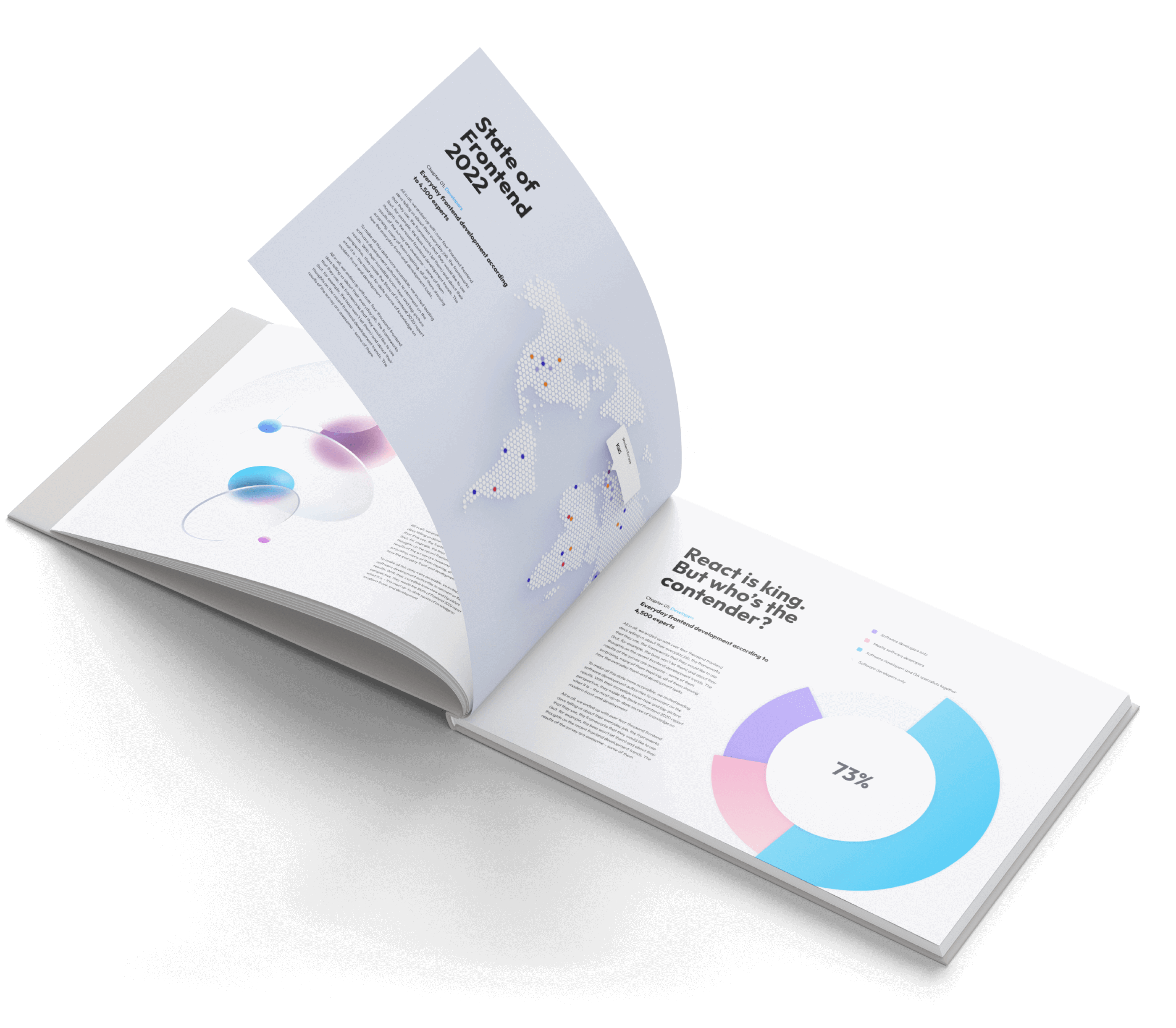Have you questioned the efficacy and efficiency of styling WordPress themes? Ever thought about the benefits of combining CSS-in-JS with Vue.js? Can these technologies revolutionize the way we design user interfaces and improve our approach to WordPress themes development?
According to a study by Jakob Nielsen (Nielsen Norman Group, 2012), bad website UX design can decrease user satisfaction by up to 37%. In the context of WordPress themes, poorly coded and styled themes frequently lower the user experience. A research article by A. Fielding (Journal of Web Development, 2018) also substantiates that it’s significantly problematic to maintain the codebase of poorly developed themes. To tackle this, integrating CSS-in-JS and Vue.js presents a novel solution that enhances the maintainability and dynamism of WordPress themes while considerably improving user interface and experience.
In this article, you will delve into the comprehensive use of CSS-in-JS and Vue.js in sprucing up your WordPress themes. We will investigate how these groundbreaking technologies can help overcome the common pitfalls of traditional WordPress theme styling. Remarkably, we will demonstrate how these methods offer more robust and maintainable solutions and discuss the steps you need to follow to integrate them into your projects successfully.
Unlock the power and potential of CSS-in-JS and Vue.js, understand their applicability in WordPress themes, and lead the way in delivering dynamic and engaging user interfaces. Welcome to the exciting world of advanced WordPress themes styling!

Definitions and Explanations of Styling WordPress Themes with CSS-in-JS and Vue.js
WordPress is a popular tool that allows you to create websites or blogs. A theme in WordPress is a group of styles and templates that dictate the appearance of the website.
CSS-in-JS is a modern technique for writing CSS, the coding language used for design and layout of a webpage. It allows CSS to be a part of Javascript, a more versatile programming language.
Vue.js is a contemporary Javascript framework, which can help to simplify certain coding features and promote quicker web development. It is used for building user interfaces.
When styling WordPress Themes with CSS-in-JS and Vue.js, one is adding design details to a WordPress theme using these more modern and versatile coding tools.
Revolutionizing WordPress with CSS-in-JS and Vue.js: The Dawn of a New Design Era
Emergence of Vue.js in WordPress Theme Styling
WordPress, an extremely popular Content Management System(CMS), allows users to build diverse kinds of websites. Traditionally, WordPress themes were styled using CSS, a style sheet language. However, the introduction and growth of Vue.js, a JavaScript framework, has sent waves of change throughout the WordPress theme development landscape. Vue.js facilitates a robust and efficient approach to styling WordPress themes that significantly improves the user experience.
Vue.js is a dynamic framework that leverages the flexibility of JavaScript to enable easier management of website styling. Its component-based structure allows developers to build interactive and engaging interfaces in a modular fashion. This change introduces a higher degree of consistency and maintainability. Furthermore, Vue.js enables a live editing feature that makes real-time adjustments to your website possible.
CSS-in-JS: A New Technique for Styling WordPress Themes
Another exciting advancement in WordPress theme styling is the use of CSS-in-JS, a modern technique that allows developers to write CSS codes directly into JavaScript files. This method brings several advantages over the traditional CSS styling paradigm. For instance, it allows for component-specific styles, eliminating any potential conflicts between different elements of a theme. In addition, CSS-in-JS promotes code reusability and enhances the performance of websites.
With CSS-in-JS, developers can use JavaScript to manipulate CSS properties dynamically. This opens up a wide array of possibilities for user interaction and responsiveness. In combination with Vue.js, the power of CSS-in-JS becomes truly unleashed. Vue.js’s ability to efficiently render changes to the DOM makes it an excellent partner for the dynamic styling abilities that CSS-in-JS offers.
- Use Vue.js for an easy-to-maintain, component-based structure
- Utilize CSS-in-JS to allow for dynamic, conflict-free styling
- Leverage the live editing feature in Vue.js for real-time adjustments
- Improve user interaction and responsiveness with the dynamic styling abilities of CSS-in-JS
The integration of Vue.js and CSS-in-JS in WordPress theme styling brings forward an era of exciting innovations. Developers can significantly enhance the look and feel of WordPress websites using these powerful tools. Ultimately, Vue.js and CSS-in-JS offer a new approach to WordPress theme development that promises better design, superior performance, and a more engaging user experience.
Unleashing Creativity: How CSS-in-JS and Vue.js Transform WordPress Theming
Are We Truly Harnessing the Power of Modern JavaScript in WordPress?
When it comes to modern web development, JavaScript libraries like Vue.js and CSS-in-JS have become fundamental tools in creating robust and scalable applications. But how often do we see these forward-thinking tools employed in the development of WordPress themes? All too often we see developers clinging to the traditional use of PHP and basic CSS, yet the contemporary landscape of web development is demanding more.
The crux of the issue is an outdated mindset that WordPress theme design must inevitably involve a compendium of PHP files and verbose CSS. This old-school modality can result in themes that are difficult to maintain, update, and enhance. Advancements in JavaScript and the rise of CSS-in-JS are offering opportunities to circumvent these pitfalls. When used correctly, these technologies can significantly improve code readability, modularity, and scalability. With WordPress powering more than a third of the internet, the need for such improvements has never been more important. The problems intrinsic to traditional WordPress theme development can be negated, it seems, by embracing a new paradigm of design brought to life by trend-setting technologies.
Implementation of Cutting Edge Technologies in WordPress Themes
Given these problems inherent to standard WordPress theme design, the solution has been found by developers who have jumped into the exciting world of modern JavaScript and CSS-in-JS. Bruinsma Design, for example, offers an innovative blend of CSS-in-JS and Vue.js to design WordPress themes that are clean, modular, and highly scalable. Another trailblazer in this field is Yoshuki, a Japanese developer. By leveraging React (another JavaScript library) and CSS-in-JS, they are able to style a streamlined WordPress theme while maintaining its iconic ease of use.
In another instance, the Australian agency Hello UI masterfully harnessed Vue.js in designing a WordPress theme for a leading e-commerce website. The result was a design that was fast, responsive, and stylish. It maintained all the functionality WordPress users have come to love, but executed with an efficacious modern twist. All three examples illustrate the notion that the innovative use of CSS-in-JS and Vue.js can unearth a trove of untapped aesthetic and functionality for WordPress themes.+
Breaking Barriers with CSS-in-JS and Vue.js in WordPress: The Future of Web Design
Why does modern WordPress theme development require a blend of technologies?
Traditional WordPress theme development has long been dominated by PHP and standard CSS stylesheets. However, as the digital landscape evolves, new techniques and tools are continually emerging. CSS-in-JS and Vue.js represent two such cutting-edge technologies that can powerfully transform the way developers craft WordPress themes. These technologies offer developers the flexibility and dynamism to break boundaries in theme design and user interactivity. But, why the need for such a blend of technologies?
CSS-in-JS, as the name suggests, blends JavaScript with CSS. This powerful concoction lets developers style their applications dynamically based on state changes or user interactions. Traditional CSS cannot provide this dynamism and falls short when crafting complex, interactive themes. Similarly, Vue.js represents a progressive JavaScript framework that lets developers build user interfaces intuitively. Its component-based structure and ease of integration make it a favorite among developers while building complex WordPress themes.
Coping with the challenges
The main challenge while merging these technologies in WordPress theme styling is the learning curve. Both CSS-in-JS and Vue.js require a sound understanding of JavaScript, a language that many WordPress developers might not entirely be comfortable with. Moreover, unlike traditional CSS, CSS-in-JS demands a paradigm shift as styles are no longer separated from the components but a part of them. Additionally, integrating Vue.js into a WordPress theme could require custom webpack configurations, which can be daunting for beginners.
Yet, this complexity guarantees an enhanced level of control over styles and components, making it a worthy challenge. Test-driven development techniques and extensive documentation available for both technologies can largely guide developers through the learning and implementation process.
Fruitful implementations
Many successful implementations testify to the effectiveness of employing CSS-in-JS and Vue.js in WordPress theme development. For instance, a WordPress theme employing Vue.js can efficiently render dynamic components and provide impressive user interactivity. With routes defined in Vue Router, a developer can create single-page applications with ease.
On the other hand, CSS-in-JS offers exciting opportunities for WordPress themes, particularly those that need to change styles based on various factors such as user preference, page status, or device type. For instance, a theme can switch from a light mode to a dark mode based on the user’s system preferences dynamically using CSS-in-JS.
In conclusion, both CSS-in-JS and Vue.js provide robust tools to enhance WordPress theme development. However, developers must be prepared to counter the associated challenges and capitalize on the immense opportunities these technologies offer.
Conclusion
Have you pondered on the immense potential that the marriage of CSS-in-JS and Vue.js brings to the WordPress theming scene? The flexibility and efficiency offered by these powerful and modern JavaScript libraries can shape the WordPress themes in a multifarious outlook, making web designing a transfixing experience. Achieving a perfect blend of an intuitive way of styling with the powerhouse of vue.js gives you unique control over your design element manipulation. It also guarantees prominent time efficiency on top of making the whole process of WordPress theming fundamentally effective and attractive for front-end developers.
Staying updated in this fastly transforming industry of web development could be a rewarding decision. Our blog brings the opportunity to stay ahead in the queue by offering insights on the latest technology integrations and current market trends in web development. By subscribing to our blog updates, you are ensuring that you do not miss out on any important piece of information that would help you stay proficient and progressive in your career.
While we hope that this recent addition on integrations of CSS-in-JS and Vue.js in WordPress theming was enlightening, we want to fuel your anticipation for our upcoming releases. We have been working on a set of new articles that details the integration of other advanced and useful technologies with WordPress in a step-wise explanation. And trust us, you’ll want to stay tuned. Be sure to visit our blog regularly, or better yet subscribe to our blog’s mailing list, so that you won’t miss those articles that might unravel the next big breakthrough in your career.
F.A.Q.
CSS-in-JS is a styling technique where CSS is composed using JavaScript and then included in the JavaScript bundle. It plays a critical role in customizing WordPress themes, by enabling dynamic styling changes based on a component’s state.
Vue.js is a progressive JavaScript framework that helps to build user interfaces. When applied in WordPress theme styling, Vue.js integrates seamlessly with CSS-in-JS to provide reactive and composable view components, enhancing theme customization.
Yes, you can integrate Vue.js and CSS-in-JS in your existing WordPress themes. While it may require some knowledge of these technologies, they can greatly enhance your theme’s flexibility and customizability.
Using CSS-in-JS and Vue.js in WordPress theming offers advantages such as dynamically changing styles based on state, creating reusable components, and writing CSS in JavaScript, which results in better maintainability and scalability.
While basic knowledge in CSS and JavaScript will help streamline the process, there are numerous online resources and tutorials to guide beginners in using CSS-in-JS and Vue.js for WordPress theming.



